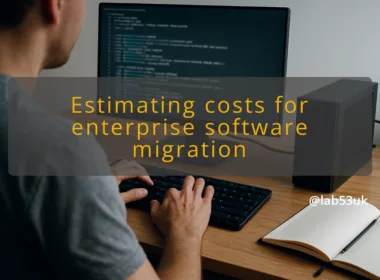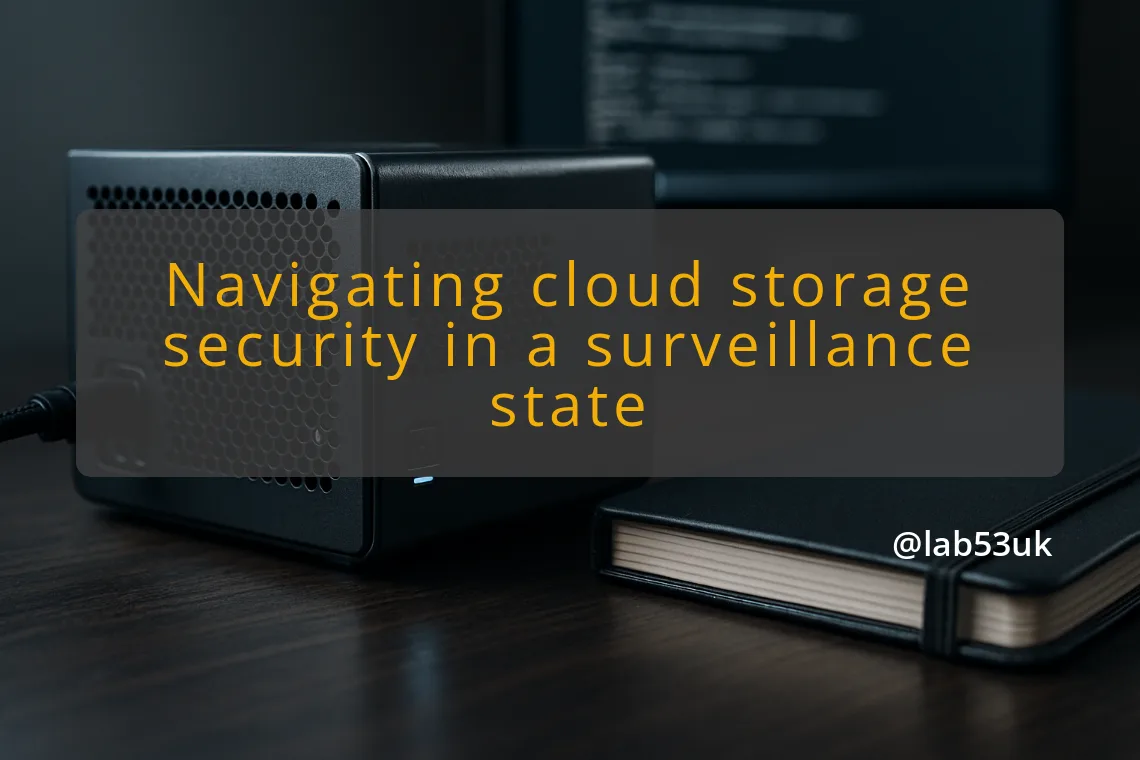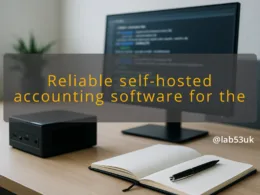How to Secure Your Cloud Storage Against UK Government Backdoor Demands
I tackle cloud storage security as a sysadmin and homelabber who cares about real control. This is practical advice for keeping your data private when laws or Technical Capability Notices target specific accounts. Read it with your current setup in mind and pick the steps you can actually apply.
Security Challenges in Surveillance States
Government Surveillance and Data Privacy Concerns
The UK has tools that can compel providers to modify services or hand over access. Those orders can be targeted at specific accounts inside a single jurisdiction. That changes the calculus for privacy. If a provider must alter a service for UK accounts, data for those accounts may lose protections that other accounts keep.
You should assume legal compulsion can reach account metadata, logs and anything not end-to-end encrypted. Metadata is valuable. Timestamps, filenames and sharing records often remain visible even when file contents are protected. Treat metadata exposure as a real risk when planning storage.
Encryption Backdoors and Their Implications
An encryption backdoor is a deliberate mechanism that grants a third party access to plaintext or cryptographic keys. Technically, backdoors usually mean key escrow, dual-key systems or special-case exceptions on the provider side. Any mechanism like that expands the attack surface.
You cannot limit cryptographic weakening to a single threat actor. Once a door exists, flaws, implementation errors or abuse can leak access beyond the intended use. A provider saying the change targets UK accounts does not remove the risk of wider compromise. That is why end-to-end encryption is the defensive baseline you should aim for.
Jurisdictional Issues in Data Access
Where data sits matters less than the legal relationship between you, the provider and the state. A provider governed by UK law can be required to act on UK orders, even if physical storage lies elsewhere. Cross-border rules and mutual legal assistance add complexity. Expect delays and legal processes, but do not rely on them as protection.
Design your setup so jurisdictional differences reduce risk, not create false comfort. If a file must be truly private, do not place sole trust in a single third-party cloud under an exposed jurisdiction.
User Trust and Data Security
Trust collapses fast when users discover their provider had to change encryption behaviour. Transparency reports and court fights buy credibility, but they are not a technical fix. Trust must rest on technical controls you own, not on corporate promises.
If you want long-term privacy, move control of critical keys to hardware or devices you manage. Keep sensitive backups off services that cannot or will not offer true end-to-end protection for your account.
Case Study: Apple iCloud in the UK
Apple’s Advanced Data Protection provides end-to-end encryption for many iCloud data types. Recent public reporting shows that the UK government pressed Apple to create a way to access British accounts, and that Apple has limited ADP availability in the UK while disputes continue. The practical outcome for UK accounts is that ADP is not a reliable protection right now.
That case shows two things. One, E2EE features can be gated by law. Two, if a provider removes or disables E2EE for an account set, your mitigation needs to be independent of the provider.
Mitigating Risks of Cloud Storage Security
Best Practices for Data Encryption
Use client-side encryption before data leaves your devices. That puts decryption keys under your control. Tools that fit into a sync workflow include Cryptomator, rclone with a crypt backend, and file-level encryption with age or GPG. For backups use encrypted archives created locally, then push the encrypted files to the cloud.
Pick algorithms and modes that give authenticated encryption, for example ChaCha20-Poly1305 or AES-GCM. Use an argon2 or scrypt-derived key from a long passphrase rather than a short password. Rotate keys if a device is compromised. Keep at least two offline key backups in physically separate locations.
Concrete steps
- Create a vault with Cryptomator for folder sync. Store the vault on the cloud. The vault encrypts filenames and contents.
- For command-line users, create encrypted archives with: age -p to create a passphrase-protected file, then upload the .age file.
- Use hardware security keys for account MFA and for protecting private keys whenever possible.
Understanding Cloud Storage Architectures
Different services operate differently. Some encrypt at rest with provider-held keys. Others offer customer-managed keys or true zero-knowledge models. Know which model your provider uses for each data type. Sync services often handle metadata and device lists separately from file content. Backups often sit in cold storage where different rules apply.
Audit the whole path: device -> local storage -> sync client -> provider API -> storage backend. Each hop can leak data. Client-side encryption collapses risk to the client and the storage medium only.
Implementing Access Controls
Treat access control as multilayer. Use strong account passwords, hardware-backed MFA, per-device pairing and short-lived service tokens. For services that allow it, use customer-managed keys (CMK) rather than provider keys.
Limit sharing. If you need to share a file, create a time-limited, single-file export that is encrypted for the recipient. Avoid long-lived share links that expose metadata and create persistent access points.
Regular Security Audits and Compliance
Run periodic checks on account activity and device lists. Audit logs for unfamiliar devices, IPs and API keys. Use alerts for unusual bulk downloads or permission changes. For critical data, test restores from encrypted backups to validate keys and passphrases.
Schedule a cryptography review when you add new tooling or change key management. Even small script mistakes can leak secrets into logs or temporary files.
User Education on Data Privacy
Set clear rules for what stays in the cloud and what stays local. Train yourself and anyone who touches your system on passphrase hygiene, phishing risks and safe sharing practices. Simple habits reduce risk more than complex controls that nobody follows.
Practical rules
- Do not sync plaintext copies of identity documents or private keys.
- Label encrypted backups clearly and store passphrases offline.
- Revoke access for lost or retired devices immediately.
Final takeaways
- Assume legal orders can target accounts in a single jurisdiction.
- Move key control to your devices for anything you value.
- Encrypt filenames and metadata where possible.
- Use hardware-backed MFA and short-lived credentials.
- Test restores and audit logs regularly.
You will not eliminate legal risk, but you can make compelled access harder and visible. The best defence is a mix of client-side encryption, disciplined key management and careful operational practice.








